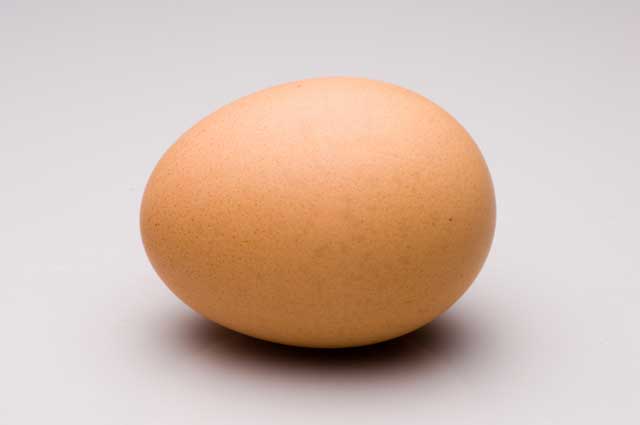Gooey Origin of Human Placenta Revealed

Someone seeing for the first time a placenta spill out of a woman's body after childbirth is likely surprised at how large it is and might wonder where it really came from. Scientists have no clue, either, at least insofar as evolution is concerned.
The gooey thing, which looks like a big, red kidney, is rather reptilian in its ancestry, new research suggests.
The placenta develops inside the womb and supplies a fetus with oxygen and nutrients and ensure a mother's body does not reject the fetus, just as it might normally attack a germ, parasite or transplanted organ.
"The placenta is this amazing, complex structure and it's unique to mammals, but we've had no idea what its evolutionary origins are," said researcher Julie Baker, a molecular biologist at Stanford University in California.
Now Baker and her colleague have discovered that the inner lining of eggs laid by the distant ancestors of all mammals could be the origin of the placenta, and the whole setup evolved as mammals employed leftover reptilian-like genes. A better understanding of all this could shed light on pregnancy and disorders linked to it, the researchers say.
Reptilian past
To investigate how the placenta evolved, Baker and Kirstin Knox analyzed which genes are active in the cells of the placenta throughout pregnancy.
Get the world’s most fascinating discoveries delivered straight to your inbox.
"I was pregnant with my first daughter, and I was really interested in learning more about it," Baker said.
The researchers found the placenta develops in two distinct stages. In the earlier stage, which runs from the beginning of pregnancy through halfway through, the cells in the placenta primarily activate genes that mammals have in common with birds and reptiles.
These findings suggest the placenta initially evolved when early mammals found new uses for genes they inherited from their reptile-like ancestors. For instance, there is a simple tissue attached to the inside of eggshells that currently allows unborn reptiles and birds to absorb oxygen from the air. The placenta might have evolved from similar tissues, although the placenta is far more complex.
In the later stage the researchers found, cells of the placenta undergo a major change genetically that is specific to each species, switching on thousands of genes that were not on earlier. For instance, rodents trigger genes special to rodents and apes activate ape genes.
It makes sense that each animal would eventually need a unique set of genes, Baker explained.
"A pregnant orca has different needs than a mouse and so they had to come up with different hormonal solutions to solve their problems," she said.
For example, an elephant's placenta has to nourish a single unborn creature for 660 days. A pregnant mouse, on the other hand, nurtures an average of 12 offspring for just 20 days. Such pregnancies would require very different placentas.
More to learn
Still, much remains unknown. The mammalian placenta originates from a cell type known as trophoblasts that are not found in any other kind of animal, even platypuses and other egg-laying mammals.
"Where that cell type came form is anyone's guess right now," Baker told LiveScience. "So we're continuing to look for something in the genome to understand how it came to be."
A better understanding of the origins of the placenta could help shed light pregnancy as a whole. Anyone whose labored through labor knows it never goes according to any plan that doctors can grasp. Nobody even knows for sure what triggers labor. Previous research suggests the placenta may be involved. The placenta is also suspected to be linked to the leading cause of premature births, a condition known as pre-eclampsia.
Knox and Baker will detail their findings in the May issue of the journal Genome Research.



